Richard Galvez
A Foundation Model for the Solar Dynamics Observatory
Oct 03, 2024Abstract:SDO-FM is a foundation model using data from NASA's Solar Dynamics Observatory (SDO) spacecraft; integrating three separate instruments to encapsulate the Sun's complex physical interactions into a multi-modal embedding space. This model can be used to streamline scientific investigations involving SDO by making the enormous datasets more computationally accessible for heliophysics research and enable investigations that require instrument fusion. We discuss four key components: an ingestion pipeline to create machine learning ready datasets, the model architecture and training approach, resultant embeddings and fine-tunable models, and finally downstream fine-tuned applications. A key component of this effort has been to include subject matter specialists at each stage of development; reviewing the scientific value and providing guidance for model architecture, dataset, and training paradigm decisions. This paper marks release of our pretrained models and embedding datasets, available to the community on Hugging Face and sdofm.org.
Modeling the Gaia Color-Magnitude Diagram with Bayesian Neural Flows to Constrain Distance Estimates
Aug 21, 2019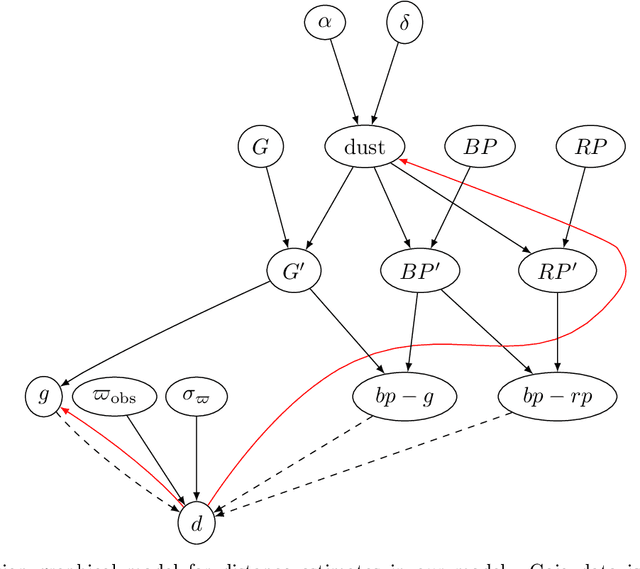
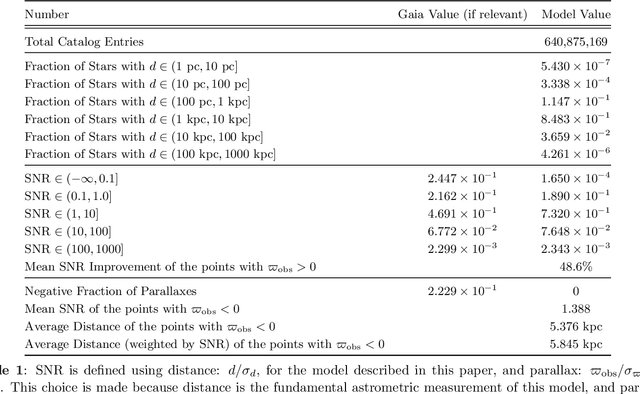


Abstract:We demonstrate an algorithm for learning a flexible color-magnitude diagram from noisy parallax and photometry measurements using a normalizing flow, a deep neural network capable of learning an arbitrary multi-dimensional probability distribution. We present a catalog of 640M photometric distance posteriors to nearby stars derived from this data-driven model using Gaia DR2 photometry and parallaxes. Dust estimation and dereddening is done iteratively inside the model and without prior distance information, using the Bayestar map. The signal-to-noise (precision) of distance measurements improves on average by more than 48% over the raw Gaia data, and we also demonstrate how the accuracy of distances have improved over other models, especially in the noisy-parallax regime. Applications are discussed, including significantly improved Milky Way disk separation and substructure detection. We conclude with a discussion of future work, which exploits the normalizing flow architecture to allow us to exactly marginalize over missing photometry, enabling the inclusion of many surveys without losing coverage.
A Machine Learning Dataset Prepared From the NASA Solar Dynamics Observatory Mission
Mar 11, 2019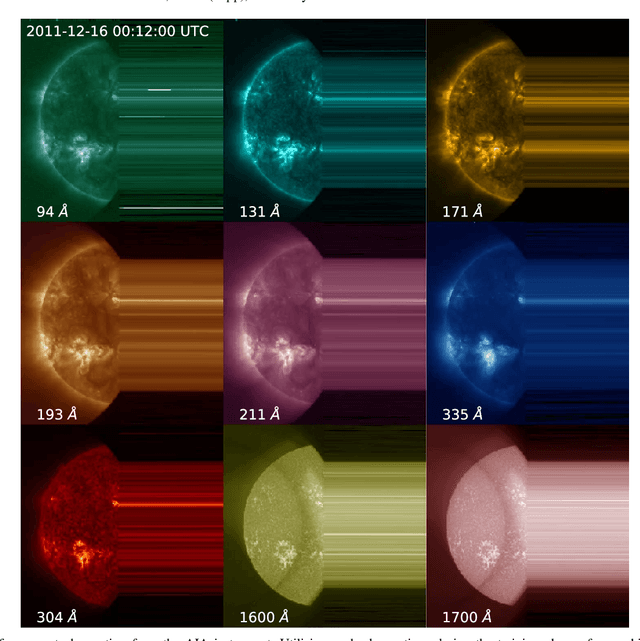
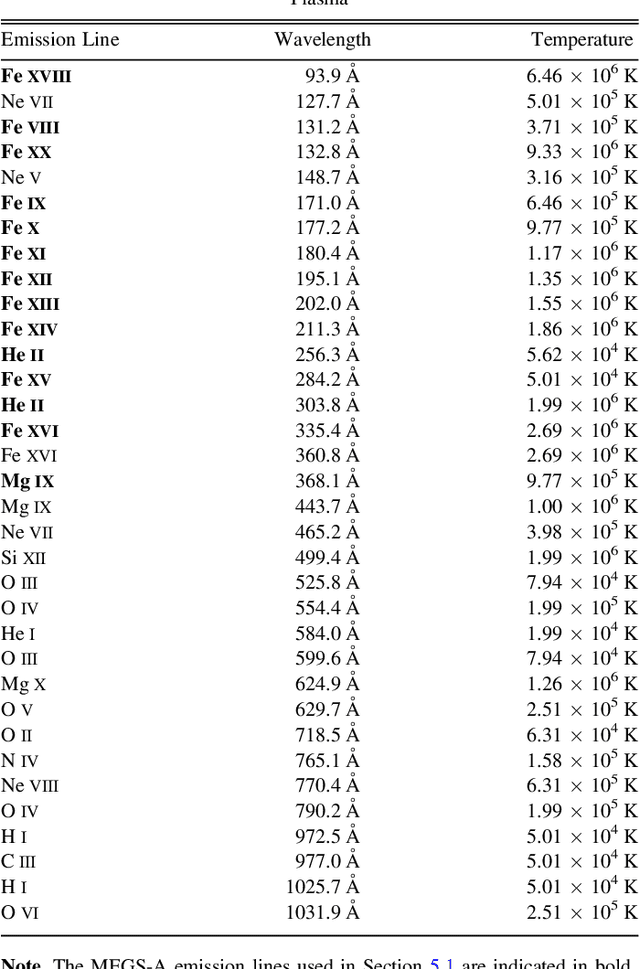
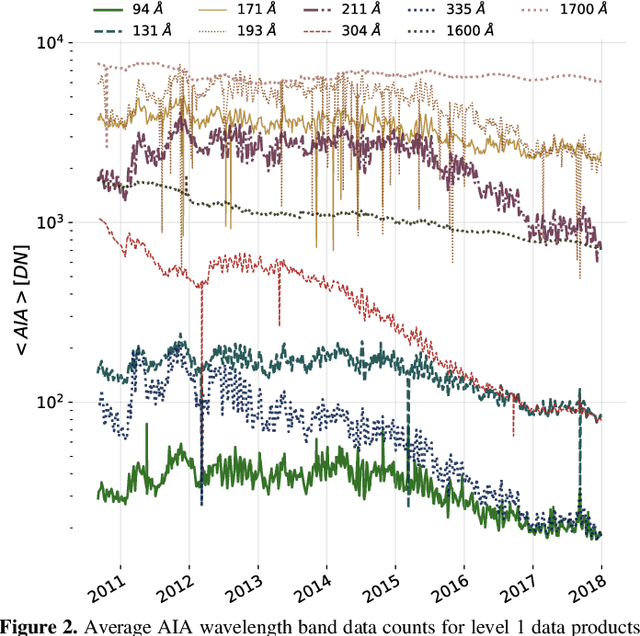

Abstract:In this paper we present a curated dataset from the NASA Solar Dynamics Observatory (SDO) mission in a format suitable for machine learning research. Beginning from level 1 scientific products we have processed various instrumental corrections, downsampled to manageable spatial and temporal resolutions, and synchronized observations spatially and temporally. We illustrate the use of this dataset with two example applications: forecasting future EVE irradiance from present EVE irradiance and translating HMI observations into AIA observations. For each application we provide metrics and baselines for future model comparison. We anticipate this curated dataset will facilitate machine learning research in heliophysics and the physical sciences generally, increasing the scientific return of the SDO mission. This work is a direct result of the 2018 NASA Frontier Development Laboratory Program. Please see the appendix for access to the dataset.
 Add to Chrome
Add to Chrome Add to Firefox
Add to Firefox Add to Edge
Add to Edge